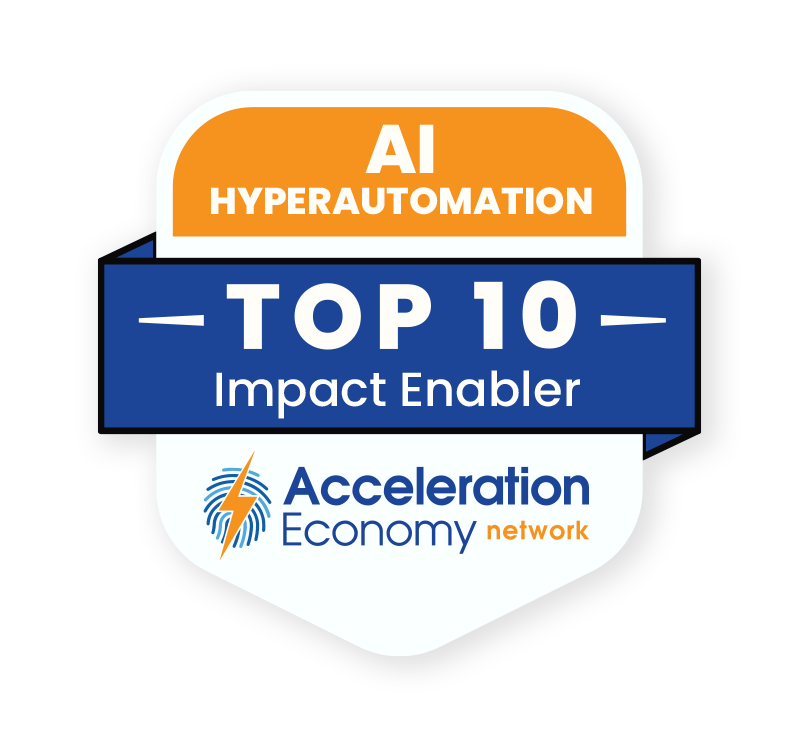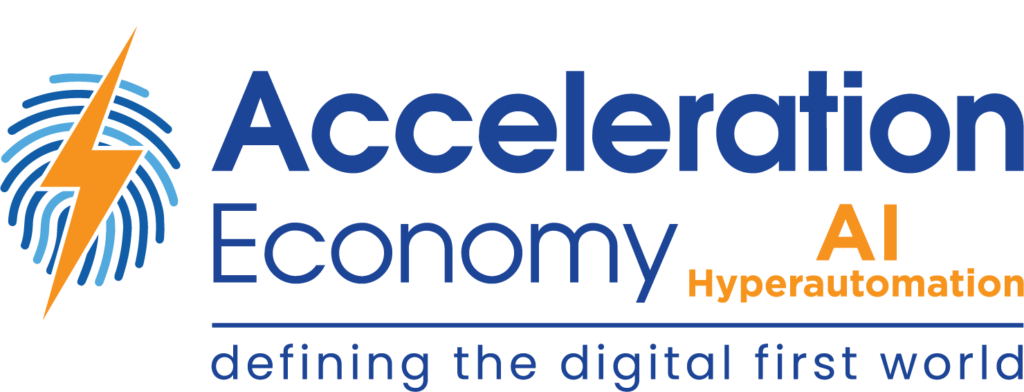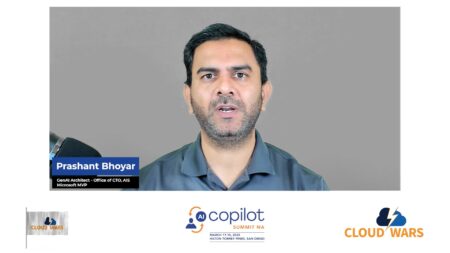In episode 91 of the AI/Hyperautomation Minute, Aaron Back explains why Acceleration Economy has put a purposeful focus on hyperautomation and explains what it means to put hyperautomation into the right context.
This episode is sponsored by Acceleration Economy’s Digital CIO Summit, taking place April 4-6. Register for the free event here. Tune in to the event to hear from CIO practitioners discuss their modernization and growth strategies.
Highlights
01:04 — According to IBM, hyperautomation is defined as “the concept of automating everything in an organization that can be automated. Organizations adopt hyperautomation aimed to streamline processes across their business using AI, RPA, and other technologies to run without human intervention.
01:33 — Many tend to associate the term “hyper” with “someone who can’t sit still.” But rather, Aaron suggests looking at it in terms of being hyper-focused on tasks — someone who has the ability to shut out their surroundings and focus on something very important.
02:09 — The idea that hyperautomation means that everything is automated and humans are shut out of the process is wrong, Aaron explains. While there are many things that can be accommodated through automation, that doesn’t mean that everything should be automated.
02:37 — Aaron challenges “champions of automation” to take a step back to assess and ask “Why are you putting automation into your business in the first place?” Then, ensure that there is a “human in the loop.” By pausing and taking a step back, business processes change — markets shift, and your business focus and goals may have shifted.
03:30 — It’s important to reassess your automation purpose and determine whether it still aligns with the business goals. Are there people that should be brought in to be part of the automation steps? Are there certain steps that need to stop and a human re-evaluate and trigger the next step of the automation?
03:55 — The context around hyperautomation is not confined to just automation itself. IBM‘s definition notes that hyperautomation brings in artificial intelligence (AI), robotic process automation (RPA), and other technologies, such as low-code/no-code and process mining. Each of these technologies is driving a business process toward simplification.
05:09 — “The hyperautomation outcome should be to free up time for people to focus on more meaningful tasks, ideation, innovation, and more,” Aaron says. “If your voice can be heard, you’re part of the business goals and objectives through new tasks or ideas and collaborating with others — wouldn’t you feel like you’re more valued in an organization when you have the time to contribute to those things?”
06:20 — Aaron encourages others to review the AI and hyperautomation content across the Acceleration Economy site. After putting that into context, how will it play into what you’re automating or using AI for, such as cybersecurity or multi-cloud efforts? How does that fit into the context of your business goals?
Looking for real-world insights into artificial intelligence and hyperautomation? Subscribe to the AI and Hyperautomation channel:










